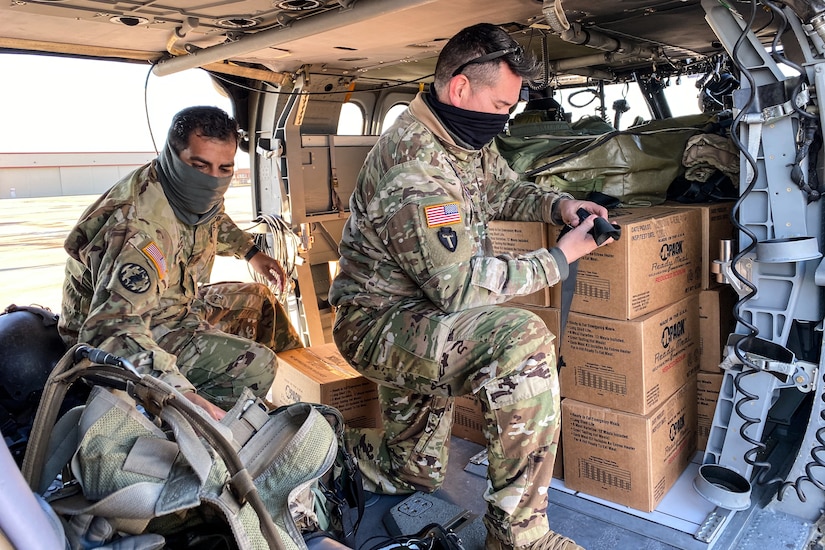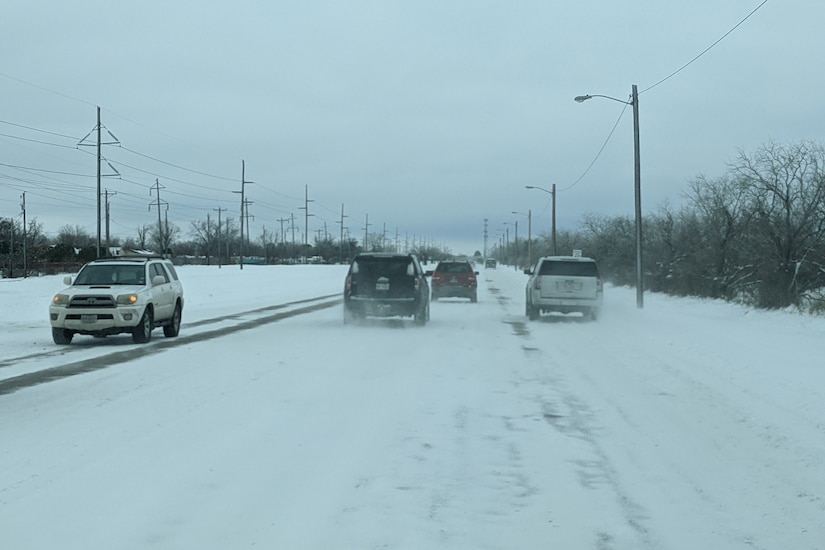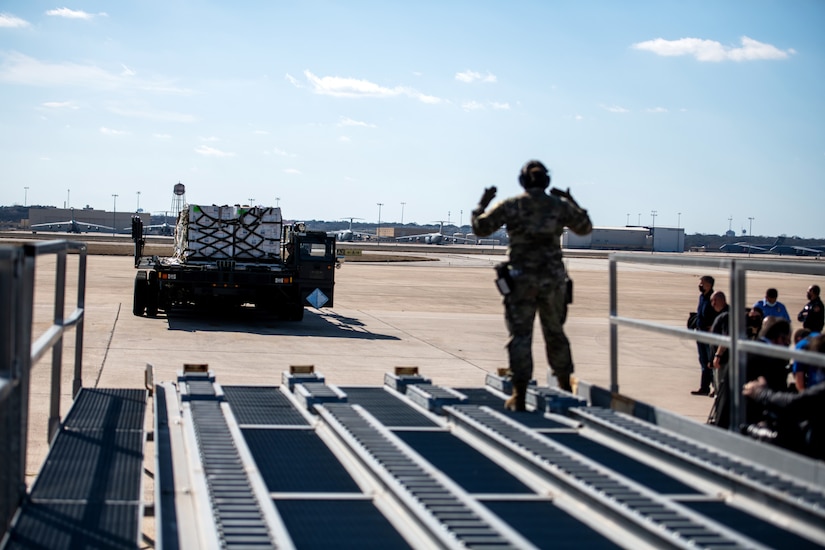March 29, 2021 | , DOD News
Army Installation Management Command Army Lt. Gen. Douglas M. Gabram, Navy Installations Command Navy Vice Adm. Yancy B. Lindsey, Marine Corps Installations Command Marine Corps Maj. Gen. Edward D. Banta and Air Force Materiel Command Air Force Brig. Gen. John J. Allen Jr. testified March 26 at a House Armed Services Committee HASC Readiness subcommittee hearing on "Installation Resiliency: Lessons Learned from Winter Storm Uri and Beyond."

Army
"I can assure you the Army takes very seriously the threats that climate change poses to our installations and facilities," said Gabram.
In February 2021, winter storms severely impacted Fort Hood, Fort Sill, Fort Polk and Fort Riley, he said, including damage to 1,366 privatized homes which had to be evacuated.
With exceptional assistance from privatized housing partners, those residents will all be able to return to their homes within the next two weeks, he said.
"Our planning and preventive measures saved time and money, protected our force and maintained mission readiness," he said
"We also validated that our aging facilities and systems failed first and suffered the most damage Over time, our infrastructure has felt the effects of high use, and limited funding," he noted.
Army senior leaders recognize this and are taking decisive steps to improve facilities, especially barracks.
With continued support from Congress, the Army will continue to modernize its facilities to increase resilience as outlined in the new Army Installation Strategy, which includes energy, water and the impacts of climate change and extreme weather.

Navy
Naval installations worldwide provide platforms to project power, said Lindsey.
"The capability and capacity of our installations to resist, adapt and recover from crisis or disaster whether natural or man-made is fundamental to the installation mission execution and support of the fleet, the warfighters and the community," he said.
The Navy is incorporating and executing resiliency into all aspects of installation operations in cooperation with state, county and local communities, including utility providers, he said.
"These partnerships are absolutely critical to the continued success of our resilience," he added.

Marine Corps
The Marine Corps has made significant improvements to its facilities, which will ultimately result in more resilience, said Banta.
"Installation resiliency is fundamental to enabling the operational readiness and warfighting capability of our force," he said. "We know our installations are vulnerable targets for not only a growing host of sophisticated kinetic and non-kinetic threats, but also to environmental factors that threaten our ability to generate readiness."
The Marine Corps is taking a number of different steps and approaches to address these threats, he said.
Examples include building upon investments in smart grids and micro-grid technologies, incorporating the effects of climate change into all installation master plans, and planning and building new infrastructure to maximize energy.
Air Force
All Air Force and Space Force missions start and end on an installation. Just as importantly, they are home to thousands of airmen, guardians, and their families, Allen said. That's why it's important that all installations be resilient.
The Air Force has developed a severe weather and climate screening risk assessment playbook, which it uses to conduct initial assessments of exposure and risk in severe weather and climate hazards, at all major installations, he said.
The results will be used to develop installation resilience complaint plans to be included in each installation development plans, he said.
Additionally, the Air Force has completed installation energy plans for 24 installations and plans to have another 20 complete by the end of this fiscal year, he added.








No comments:
Post a Comment